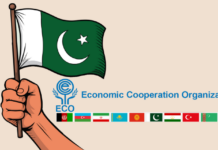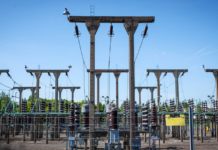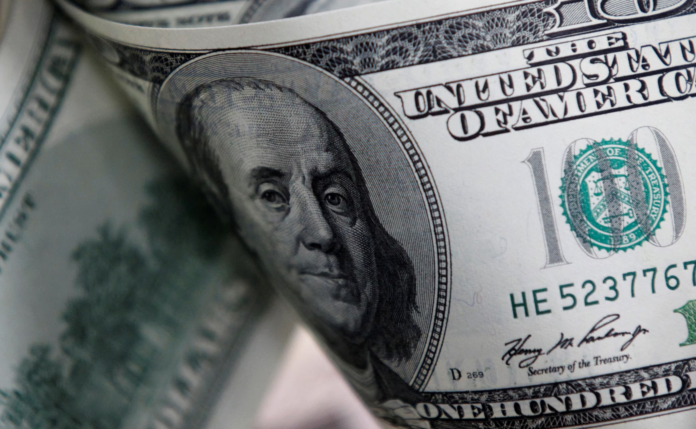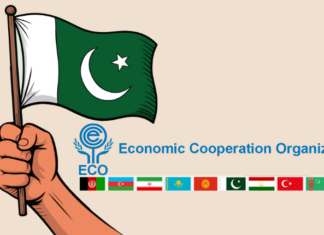Pakistan secured $4.585 billion in external loans during the first seven months (July–January) of the current fiscal year 2024-25, marking a decline from $6.31 billion borrowed in the same period last year, according to data released by the Economic Affairs Division (EAD).
The figure excludes the first tranche of $1.03 billion received from the International Monetary Fund (IMF). If IMF inflows are factored in, total external financing during this period stands at $5.585 billion.
The government had originally budgeted $19.393 billion in external financing for the ongoing fiscal year 2024-25, later revising the target downward to $14.393 billion, comprising $14.216 billion in loans and $176.29 million in grants. This projection does not include potential IMF assistance.
Despite allocating $3.779 billion for borrowing from foreign commercial banks, only $500 million had been received by January, with no further commercial bank loans recorded in November. The EAD report does not specify the lender behind the $500 million inflow.
Additionally, the government planned to raise $1 billion through bond issuances but has yet to proceed with any sales. Similarly, budgeted inflows of $9 billion from time deposits—including $5 billion from Saudi Arabia and $4 billion from China’s SAFE deposits—remain unmaterialized.
The report also makes no mention of any financial assistance from the United Arab Emirates. In December 2024, Saudi Arabia extended a $3 billion deposit for another year, though this is not reflected in the EAD’s data for the first seven months.
In January alone, Pakistan secured $829.84 million in external loans, a significant increase from the $331.59 million recorded in January 2024. Of this, $199.23 million came under the “Naya Pakistan Certificate” program, which has brought in a total of $1.126 billion so far this fiscal year.
Multilateral lenders provided $2.322 billion between July and January, with $458 million disbursed in January alone. Bilateral loans totaled $329.10 million over the same period, with $12.68 million received in January. Non-project aid amounted to $2.54 billion, including $1.312 billion for budgetary support, while project financing contributed $2.045 billion.
Among key multilateral lenders, the Asian Development Bank (ADB) disbursed $1.048 billion, including $139.73 million in January, against an annual target of $1.651 billion.
The International Development Association (IDA) provided $573.85 million out of a budgeted $1.525 billion, while the International Bank for Reconstruction and Development (IBRD) released $201.50 million against a planned $550.22 million.
The Islamic Development Bank (IsDB) disbursed $265.7 million in short-term financing, while the Asian Infrastructure Investment Bank (AIIB) and the International Fund for Agricultural Development (IFAD) contributed $60.22 million and $26.12 million, respectively.
China’s disbursement stood at $99.17 million out of a budgeted $134.18 million, while Saudi Arabia provided $12.37 million against an annual allocation of $76.02 million.
The United States disbursed $40.05 million, exceeding its budgeted $20.88 million for the fiscal year. Meanwhile, France provided $102.57 million, surpassing its planned allocation of $66.30 million.
























